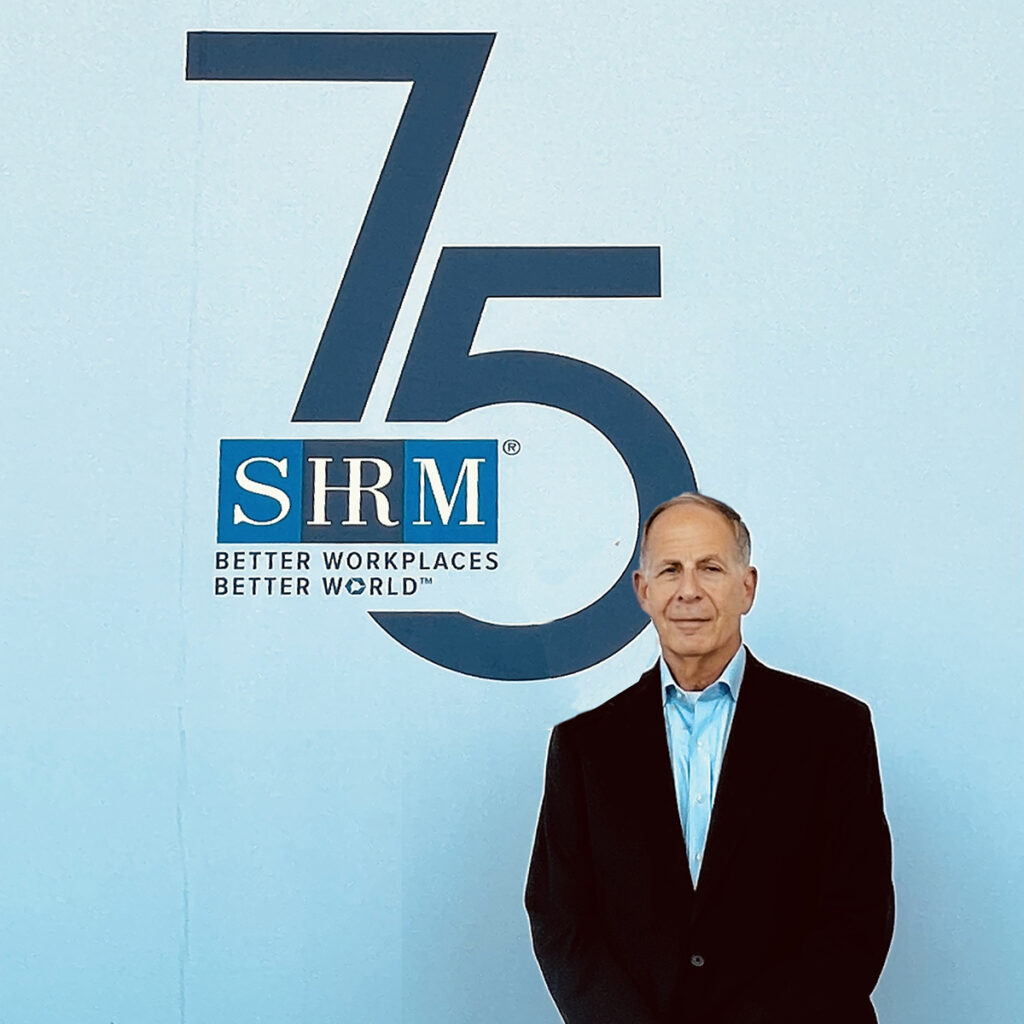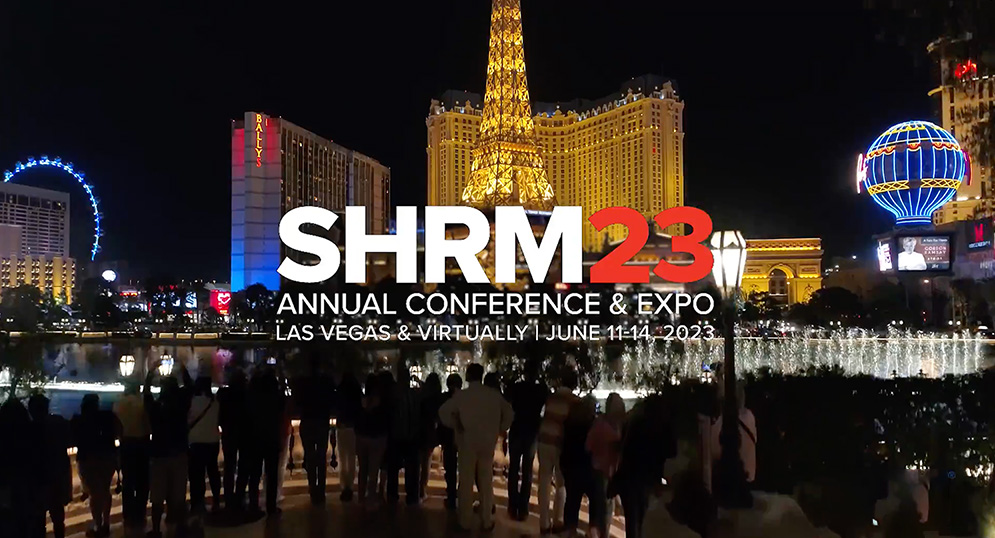Last month, I spoke at the 75th SHRM conference, which, as always, was energizing and well run. There were more than 23,000 people in attendance, which I think is a record.
What will stick with me most about the conference, however, is the realization that there is a strong parallel between what conferences like this try to achieve and what the attendees of SHRM are likely attempting to do inside of their organizations: bring together people of diverse backgrounds and beliefs in pursuit of common goals.
In my own presentation, I tried to support this message by focusing on three themes:
- You can’t unite by dividing. Traditional approaches to diversity, equity, and inclusion focus on differences. They work contrary to principles of inclusion, fair treatment, and diverse workforces. DEI efforts will be effective only if we unite people through their commonalities rather than use differences as focal points.
- Talk engages, action changes. Most companies today are good at talking the talk around DEI. Far fewer have invested in making sure those values translate into everyday actions on the job. And it takes long-term, sustained actions to create lasting culture change. There is no quick fix for DEI challenges.
- If you want an inclusion message to stick, make it about business. Sometimes, DEI efforts are framed as something that seems like the “right thing to do” based on beliefs or ethics. That’s true, but people in a business setting will act on those beliefs only if the connection to business results is clear. Messages around DEI have to be delivered by business leaders across the board and done so in business terms, and the links between DEI and improved business performance have to be clear: that fair treatment benefits everyone in terms of opportunities, safety, productivity, and the like.
All of these themes were part of a larger message I emphasized: that organizations need to unite employees as “citizens of where they work ” based on their organization’s mission, vision, and values. If you can convert talk to action, you can create a workplace culture that:
- Provides fair, consistent, nondiscriminatory treatment to attract, retain, and engage the best talent wherever they are, whatever their personal backgrounds and demographic characteristics happen to be;
- Creates the opportunity for ALL employees to do their best work individually, and in teams;
- Gives employees the confidence they need to speak up about concerns and ideas, knowing that their expression will be listened to fairly.
Those kind of outcomes are what commonality is all about, just as SHRM emphasizes in its conferences.




Steve – Well said. I wish I could have been there to have seen the entire presentation.